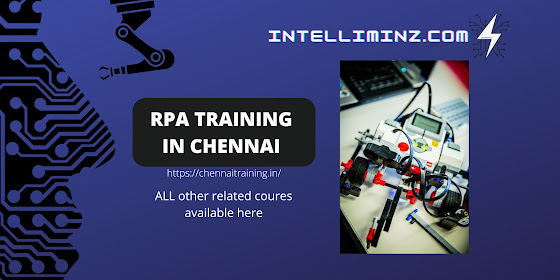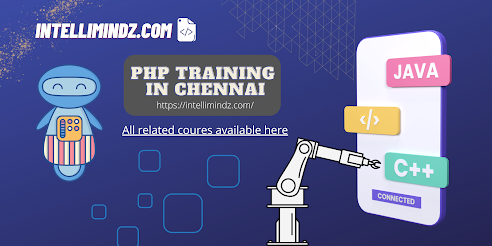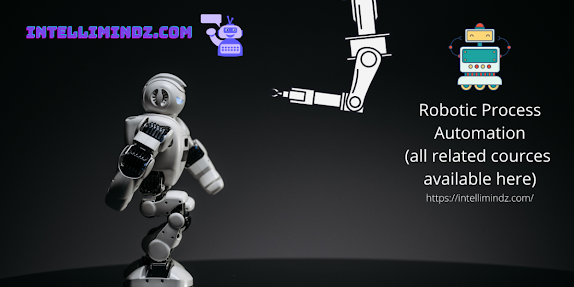Robotic Process Automation
Automation software that anyone can use for any business process.
What is Robotic Process Automation (RPA)?
Robotic Process Automation (RPA) is software technology that’s easy for anyone to use to automate digital tasks. With RPA, software users create software robots, or “bots”, that can learn, mimic, and then execute rules-based business processes. RPA automation enables users to create bots by observing human digital actions. Show your bots what to do, then let them do the work. Robotic Process Automation software bots can interact with any application or system the same way people do except that RPA bots can operate around the clock, nonstop, much faster and with 100% reliability and precision.
What can RPA do for me?
Robotic Process Automation bots have the same digital skillset as people—and then some. Think of RPA bots as a Digital Workforce that can interact with any system or application. For example, bots are able to copy-paste, scrape web data, make calculations, open and move files, parse emails, log into programs, connect to APIs, and extract unstructured data. And because bots can adapt to any interface or workflow, there’s no need to change business systems, applications, or existing processes in order to automate.
RPA bots are easy to set up, use, and share. If you know how to record video on your phone, you’ll be able to configure RPA bots. It’s as intuitive as hitting record, play, and stop buttons and using drag-and-drop to move files around at work. RPA bots can be scheduled, cloned, customized, and shared to execute business processes throughout the organization.
Why should I implement RPA?
Alright, so we have a partial list of fields where RPA can be of great help. But what specific benefits does RPA bring?
RPA reduces human errors, generally associated with repeating the same task over and over by rote. Inevitably, mistakes creep in.
Furthermore, RPA can reduce staffing costs while increasing productivity and efficiency. RPA applications that take care of the redundant grunt work free up employees to do other tasks that may ultimately prove more interesting and challenging.
RPA works faster than humans doing the same tasks, which means quicker turnarounds when dealing with clients. This is also handy when higher-ups on the corporate ladder want certain things done “yesterday!”
Also, businesses don’t need fancy software or deep system integration to have RPA tools work with their existing legacy systems. Businesses can further boost their RPA by adding elements such as speech recognition and natural language processing. RPA is an extremely scalable asset, and the robotic workforce can be adjusted to accommodate the peaks and valleys of the company’s workflow.
So, businesses bringing in RPA do so to increase efficiency and speed, cut costs without sacrificing quality, boost productivity, and bring in a measure of flexibility and agility.




Comments
Post a Comment